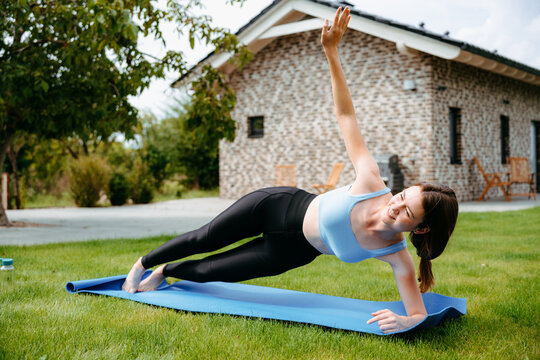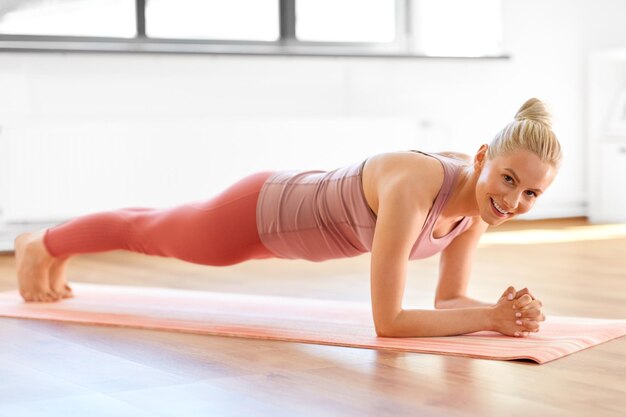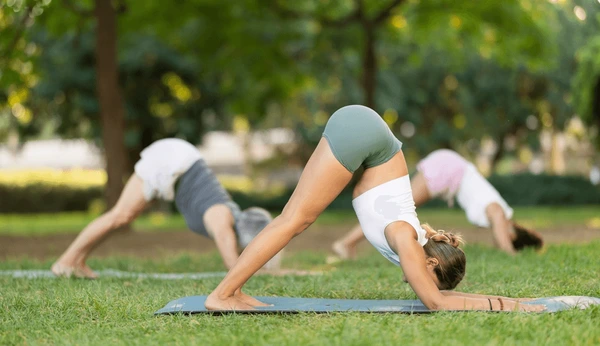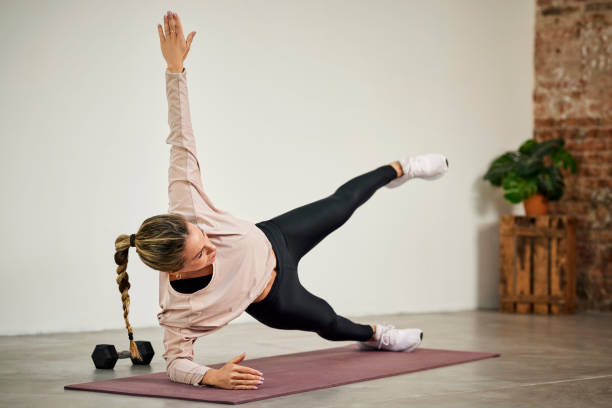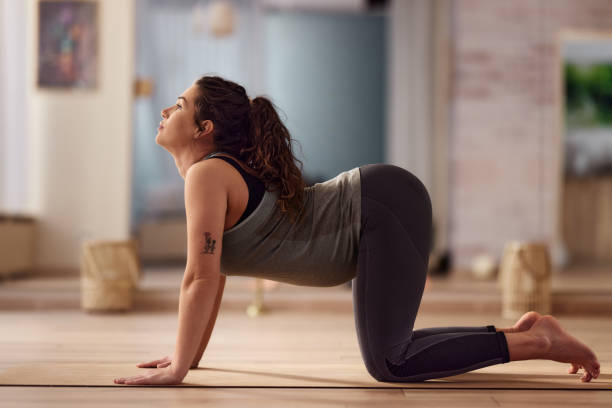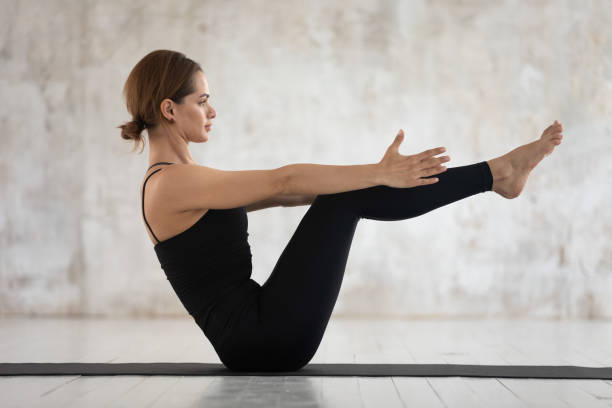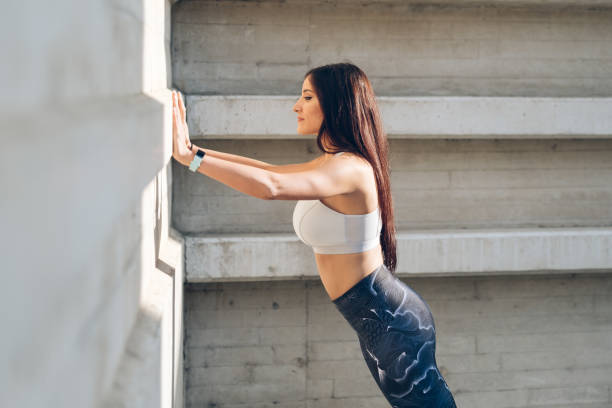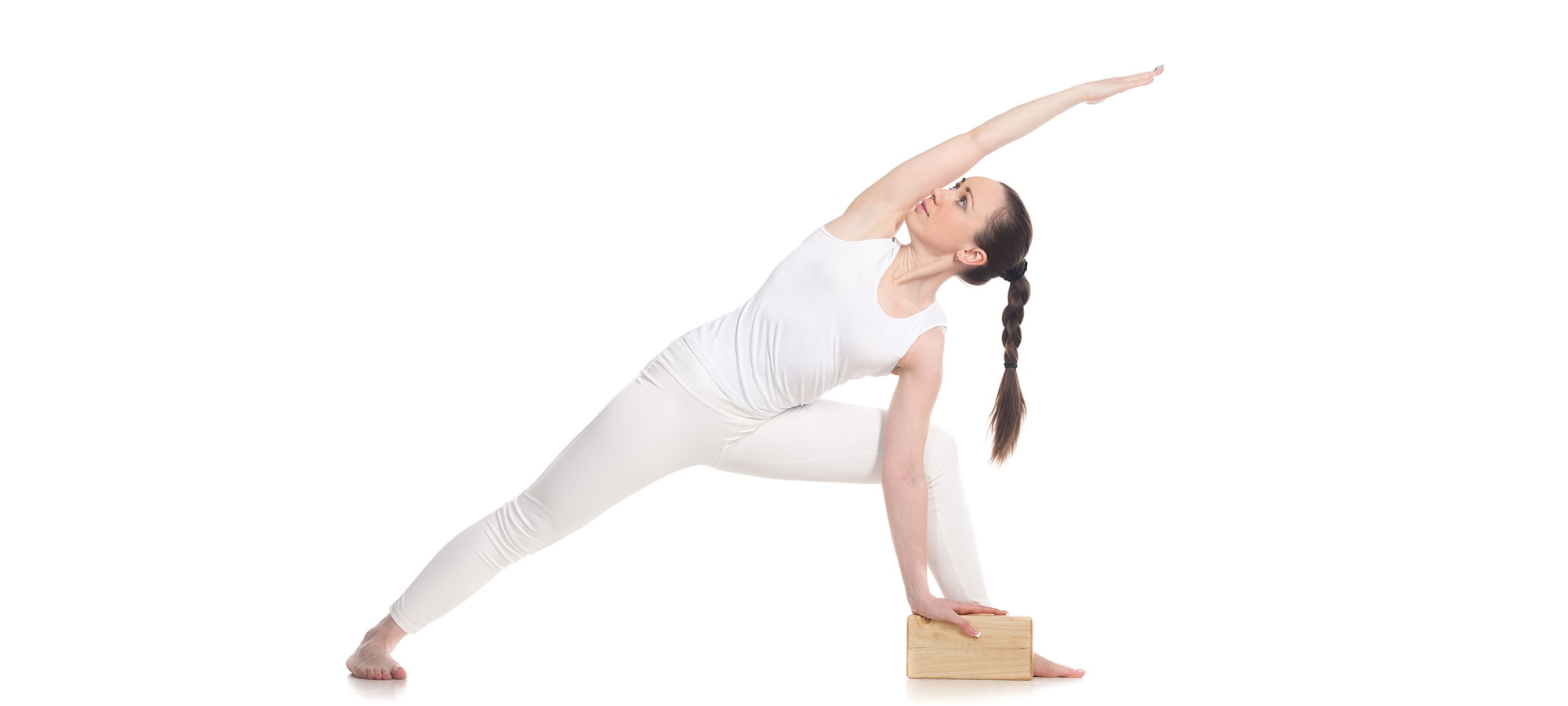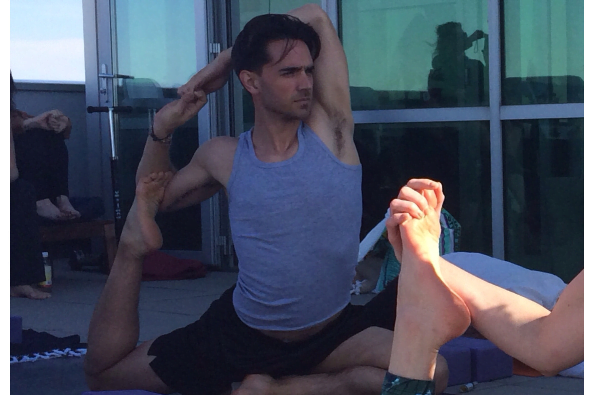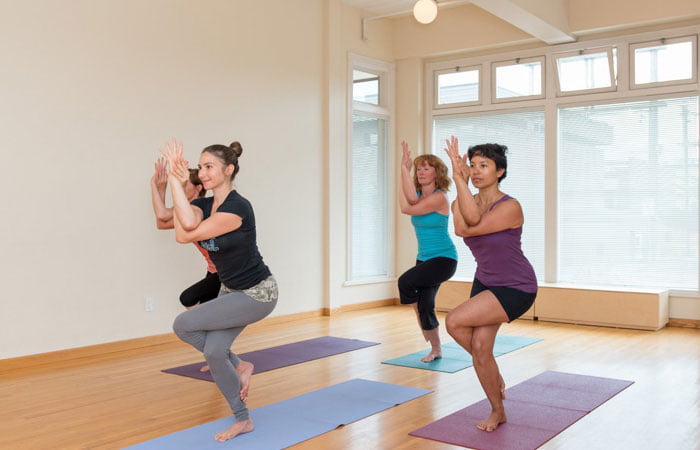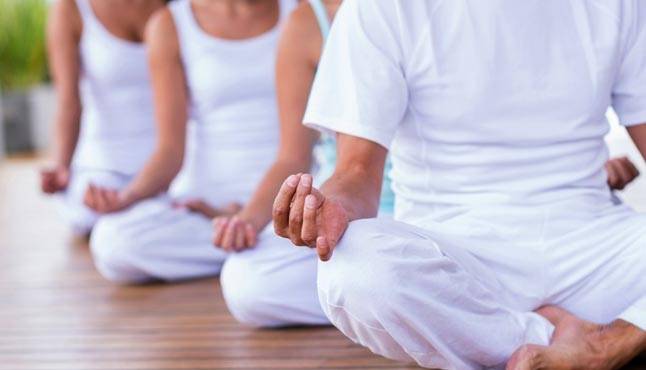Plank pose is a popular yoga asana known for its ability to strengthen the core, arms, and shoulders. However, for many practitioners, especially those with wrist injuries, stiffness, or discomfort, holding a traditional plank pose can be challenging or even painful. Fortunately, several yoga alternatives to plank allow you to engage your core and upper body muscles without putting unnecessary pressure on the wrists. This article will guide you through effective wrist-friendly alternatives to plank pose, helping you continue strengthening your body safely. See below the Alternatives to Plank Pose.
Table of Contents
Yoga Without Wrist Pressure: Alternatives for Plank
The traditional plank pose involves placing weight on the wrists, which can be difficult for people with weak wrists, carpal tunnel syndrome, arthritis, or other wrist conditions. Repeated pressure on the wrists can lead to discomfort, strain, or injury. If you’re new to yoga or have a wrist injury, it’s crucial to explore modifications and alternatives that allow you to build strength without risking pain or injury. See below the Alternatives to Plank Pose.
1. Forearm Plank or Phalakasana Variation:
The forearm plank is one of the best alternatives to the traditional plank as it shifts the weight off the wrists and onto the forearms. This variation engages the core, glutes, and legs just as much as a regular plank.
How To Do It:
- Begin on your hands and knees. Lower your forearms to the mat, ensuring your elbows are directly beneath your shoulders.
- Step your feet back one at a time, ensuring your body forms a straight line from your head to your heels.
- Engage your core, squeeze your glutes, and keep your back flat.
- Hold the pose for 15-30 seconds, or longer as you build strength.
2. Dolphin Pose or Ardha Pincha Mayurasana:
Dolphin pose is another excellent wrist-friendly alternative to plank. This pose strengthens the shoulders, arms, and core while stretching the hamstrings and calves. It’s essentially a forearm version of Downward Dog, providing a similar body alignment and engagement without the wrist pressure.
How To Do It:
- Start on your hands and knees, then lower your forearms to the mat, making sure your elbows are directly below your shoulders.
- Tuck your toes and lift your hips up and back, aiming to form an inverted V-shape.
- Keep your legs straight, but don’t worry if your heels don’t touch the floor initially. Engage your core and press your forearms into the floor to deepen the stretch.
- Hold for 15–30 seconds, then slowly release.
3. Side Plank on the Forearm or Vasisthasana Variation:
Side plank is a powerful core-strengthening pose, and doing it on the forearm removes wrist pressure. This variation targets the obliques, shoulders, and arms while enhancing stability and balance.
How To Do It:
- Start in a forearm plank position, then roll onto the outside edge of your left foot, stacking your right foot on top of it.
- Extend your right arm toward the sky and keep your hips lifted so your body forms a straight line.
- Press your forearm into the ground, engage your core, and hold for 15-30 seconds before switching sides.
4. Modified Tabletop or Bidalasana with Core Engagement:
This modification uses the tabletop position, where you’re on your hands and knees, but instead of placing weight on the wrists as in traditional plank, you focus on engaging the core and legs while maintaining a neutral spine.
How To Do It:
- Start in a tabletop position with your wrists under your shoulders and knees under your hips.
- Without putting much weight on the wrists, engage your core and lift your knees just slightly off the mat (hovering them an inch or two above the ground).
- Keep your back flat and your core engaged as you hold the position for 15-30 seconds.
5. Boat Pose or Navasana:
Boat pose is a great core workout that does not involve wrist pressure. It helps strengthen the abdominal muscles, hip flexors, and spine while improving posture.
How To Do It:
- Start seated with your knees bent and feet flat on the floor.
- Lean back slightly while keeping your spine straight and engage your core.
- Lift your feet off the floor and extend your legs, so your body forms a V-shape. Keep your arms extended forward, parallel to the floor.
- Hold for 15-30 seconds, then lower your feet to rest.
6. Locust Pose or Salabhasana:
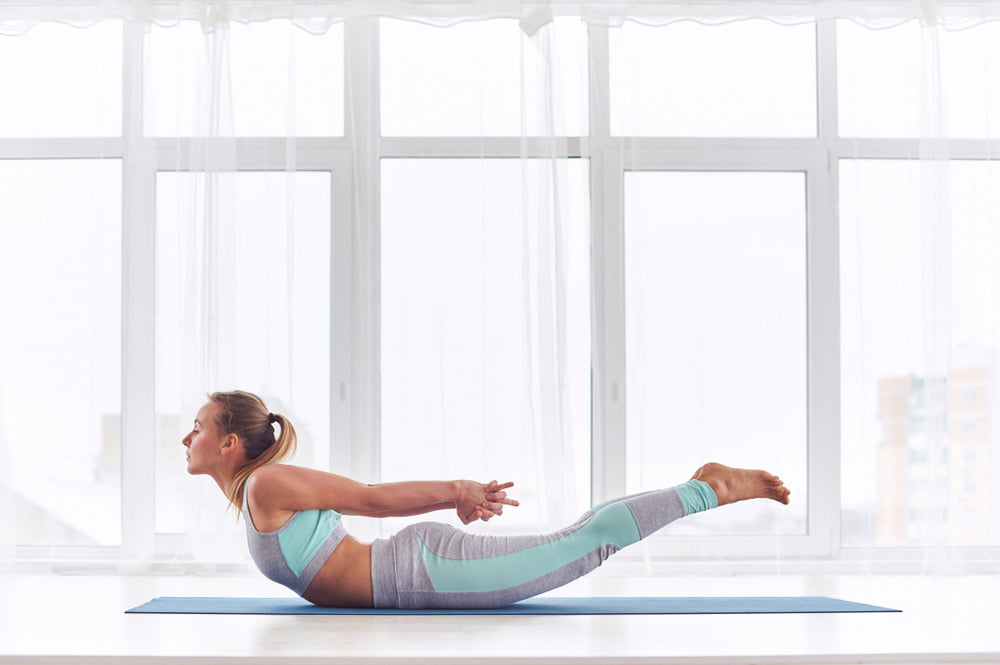
Locust pose is an excellent way to strengthen the back, glutes, and legs while keeping your hands and wrists on the floor for support. It is an effective alternative to plank for targeting the posterior chain muscles.
How To Do It:
- Lie on your stomach with your arms extended at your sides, palms facing down.
- As you inhale, lift your chest, legs, and arms off the ground simultaneously, engaging your core, back, and glutes.
- Hold for 15-30 seconds, focusing on lengthening the body and avoiding compression in the lower back.
- Slowly lower your body back down to the mat.
7. Wall Plank or Plank Pose against the Wall:
A wall plank is a beginner-friendly way to practice the core engagement of plank pose without putting strain on the wrists. It’s great for building strength and alignment.
How To Do It:
- Stand facing a wall with your feet about 3–4 feet away from it.
- Place your palms on the wall, slightly wider than shoulder-width apart.
- Walk your feet back until your body forms a straight line, from your head to your heels.
- Engage your core and hold the position, keeping your body in a straight line.
8. Downward-Facing Dog or Adho Mukha Svanasana:
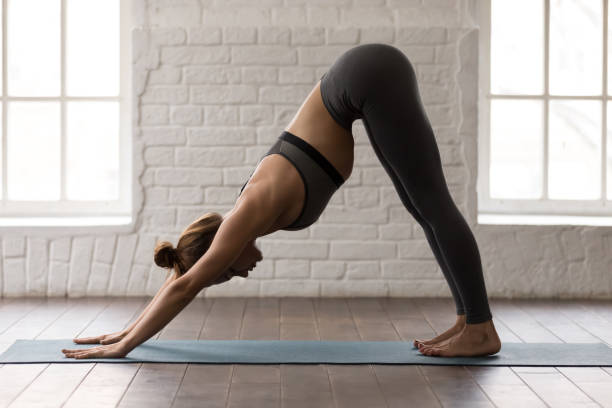
Downward Dog is often used as an active rest pose but can also serve as an alternative to plank by using the core and legs for support, rather than focusing on the wrists.
How To Do It:
- Begin on your hands and knees, with your wrists directly beneath your shoulders and knees beneath your hips.
- Lift your hips toward the ceiling, forming an inverted V-shape with your body.
- Press your palms into the floor, keeping your arms straight, and engage your legs and core.
- Hold for 15-30 seconds, focusing on the stretch in your hamstrings and the strength in your core.
Conclusion:
Yoga offers numerous alternatives to the traditional plank pose, allowing practitioners to build strength in the core, shoulders, and legs without the added pressure on the wrists. Whether you’re looking for a way to alleviate wrist pain or simply need a modification to suit your needs, these alternatives provide a wide variety of options to continue strengthening your body safely. Remember to always listen to your body, practice mindfulness, and consult a yoga instructor if you need additional guidance on modifying poses for your specific needs.
FAQ:
Q. Are these alternatives as effective as plank for core strength?
A. Yes, many of these alternatives, such as forearm plank and boat pose, target the core muscles just as effectively as the traditional plank. They engage the abdominal muscles, glutes, and back for a full-body workout.
Q. Can I do these poses if I have wrist injuries?
A. Absolutely! These alternatives are designed to protect your wrists while still providing a challenging and effective workout. However, always consult with a healthcare provider if you have significant wrist injuries.
Q. How long should I hold these poses?
A. For beginners, aim to hold each pose for 15-30 seconds. As you build strength, you can gradually increase the duration to 1 minute or longer.
Q. Can I use props to make these poses easier?
A. Yes, props like yoga blocks, cushions, or straps can help make certain poses more accessible. For example, using blocks under your forearms in Dolphin Pose can provide added comfort and support.
Q. Is it safe to perform these alternatives every day?
A. If you’re practicing mindfully and listening to your body, you can practice these alternatives daily. Ensure you’re also incorporating rest and recovery to avoid overstraining your muscles.

